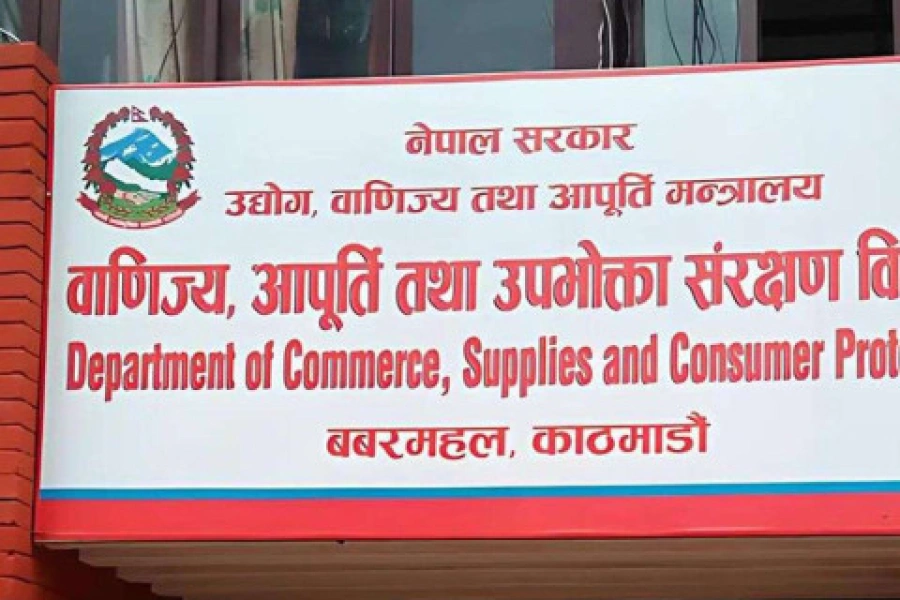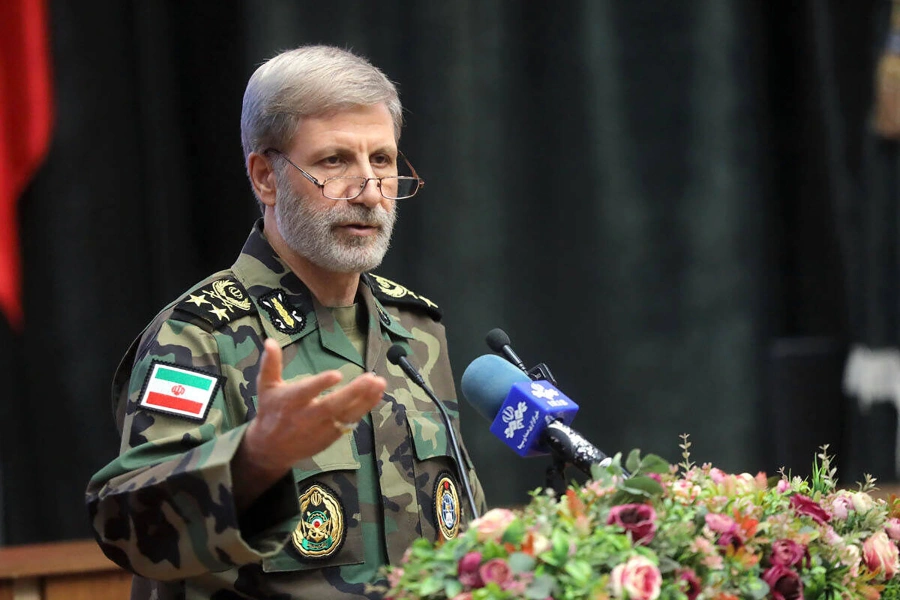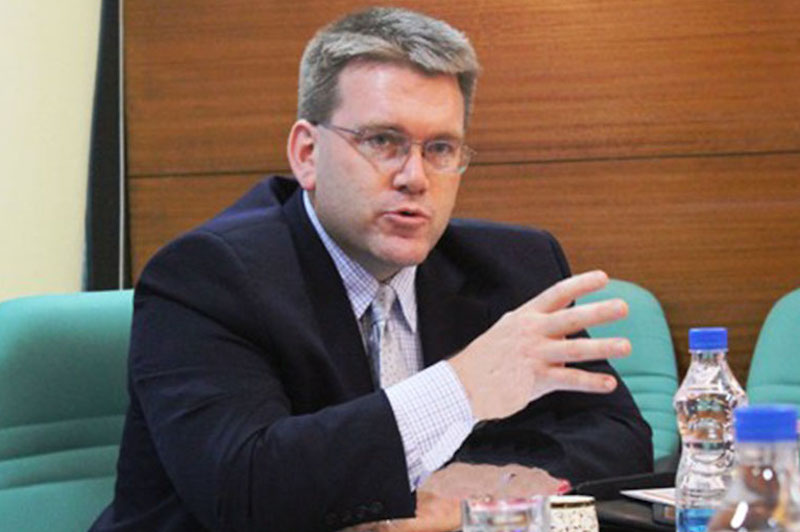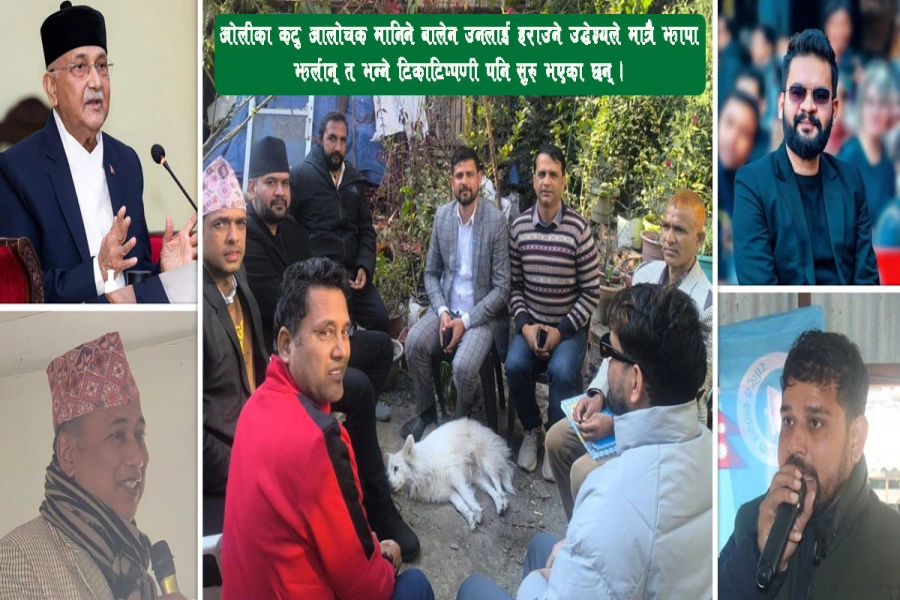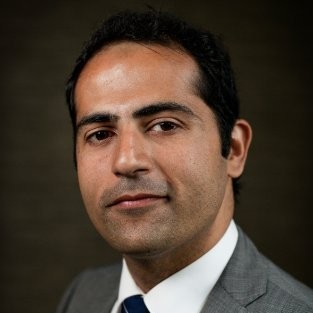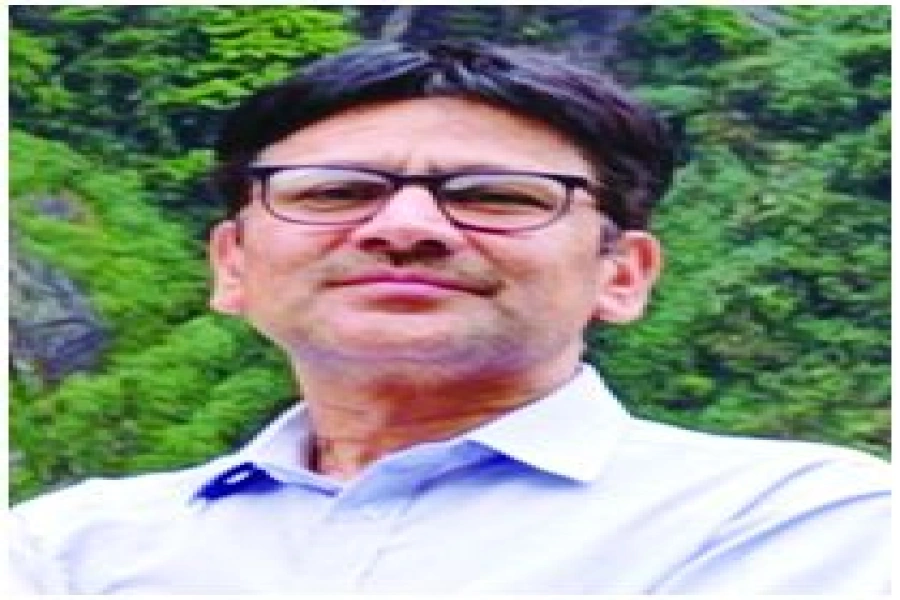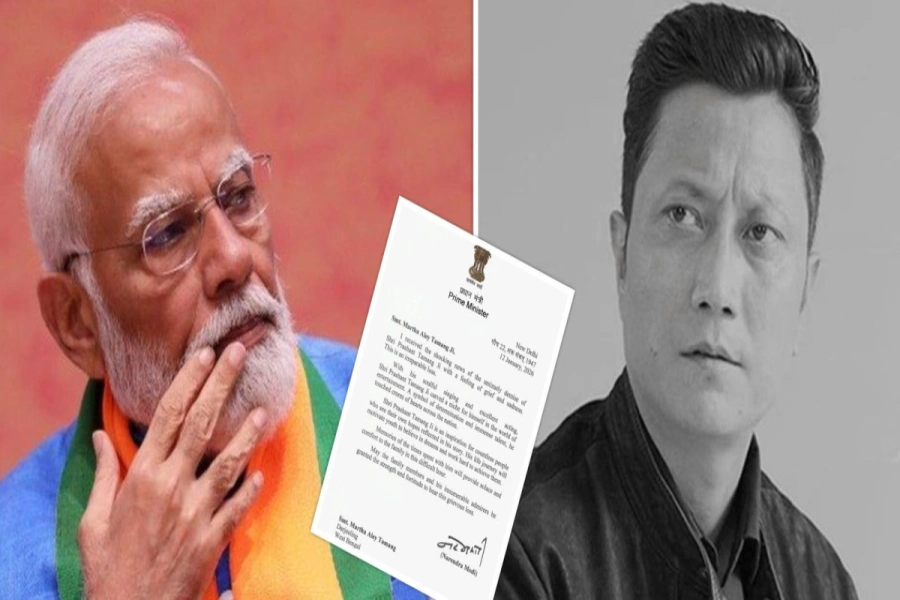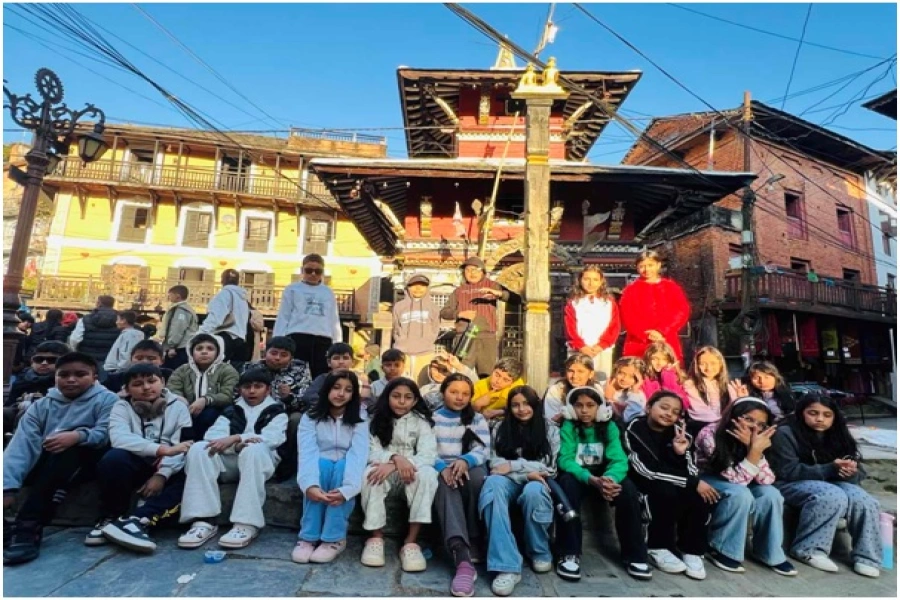The high velocity storm lasted for two hours from 5 pm to 7 pm in the evening, the Division Office informed. The combatants were having dinner when the storm hit the cantonment. “We were having food when the storm hit the cantonment. The mess was blown up too,” said Company Commander Subarna Bista. [break]
Bista said that the wind blew off the wooden roofs and trees fell on the houses. The combatants spent the night under the open sky.
Another combatant Sushil informed that 18 houses, including Commander Office in the Cantonment Headquarters in Jhaltungda, were also blown off. Twelve computer sets and other office equipments too have been destroyed.
Due to the storm, more than 10 houses in Salimandal Nishan Smriti Brigade were destroyed.
Some combatants sustained minor injuries. The cantonment is in shambles as water tanks, electricity polls have collapsed.
There are 3071 combatants living in the 4th Division.
According to reports, the storm also swept away some houses in 3rd Division Cantonment in Shaktikhor, Chitwan.
Desperate search for missing girls as nearly 80 dead in Texas f...




